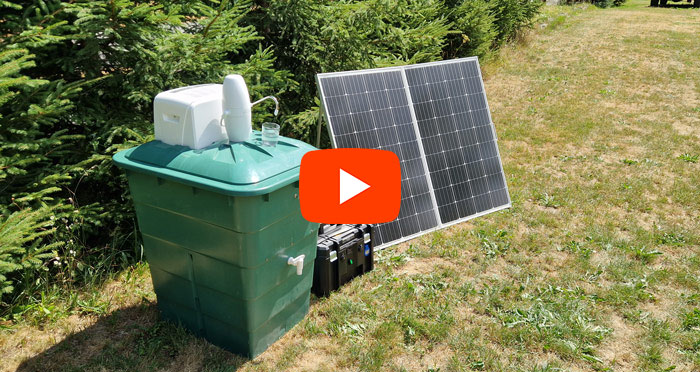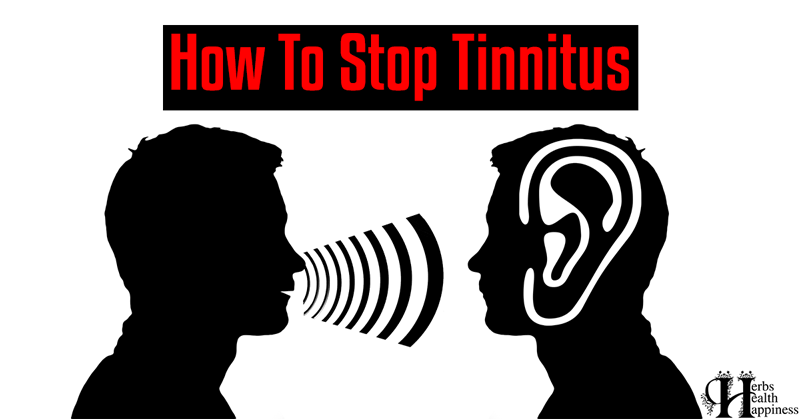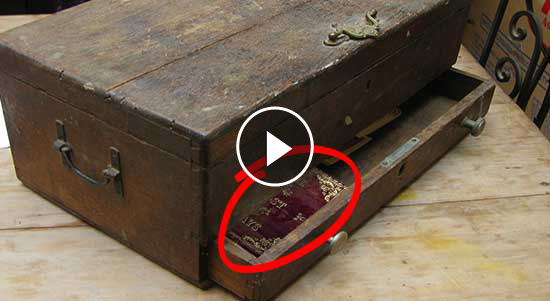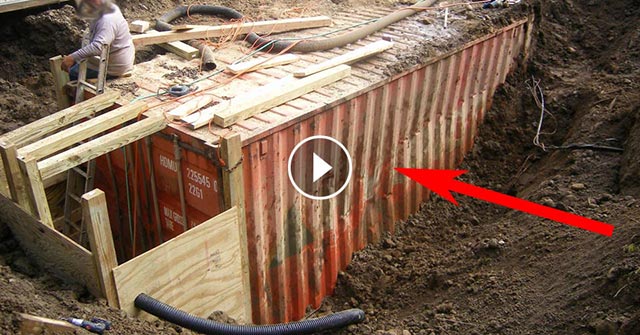Click Here To Join Our Telegram Channel for FREE daily tutorials!
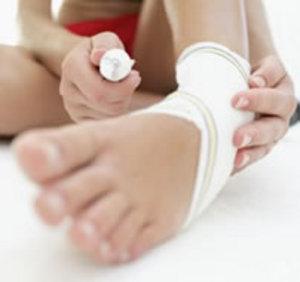 photo source: www.doctortipster.com
photo source: www.doctortipster.com
Sprains, dislocations, and fractures are the type of injuries that involve a lot of pain and swelling. Also, walking becomes very difficult, so it’s even harder to get help if you don’t have your phone around. And if it happens during a disaster, when there’s nothing but chaos all over the place, you’re in for the time of your life!
Now, I don’t mean to get all apocalyptic about this, but I do believe it’s very important that you know basic measures when you’re dealing with bone and joint injuries.
So let’s take them one by one and go through the whole process together:
Sprains
Most people get a sprain at least once in their lives, so you’re probably familiar with the symptoms: pain and swelling mostly, but also discoloration (when the sprained area turns black and blue).
Now, even if it hurts, do not call 911 for a sprain. Those guys take on more severe cases. However, according to firstaid.about.com, you should go see a doctor if there’s one close to you, especially if you’re experiencing:
• severe pain
• inability to put any weight on it victim unable to put any weight on it
• inability to move it
• inability to walk
• numbness
• redness or red streaks spread out from the injury
• pain, swelling, or redness over a bony part of your foot
When it comes to treating sprains, you should think RICE (rest, ice, compress, elevate):
REST the sprained joint. Don’t try to walk if you’re feeling severe pain whenever you take a step or two. But if you have to walk, use a cane to take most of your body weight.
ICE the sprained area with an ice pack.
COMPRESS it with an elastic bandage. Like this:
ELEVATE the sprain above the level of the heart during the first 48 hours. Just place your foot on top of some pillows or a rolled blanket and keep it that way as much as possible.
Dislocations and Fractures
According to eMedicalHealth.com, these are the guidelines to treat a fracture or dislocation if medical help is not available:
• Apply a cold pack to the areaof fracture or dislocation to decrease swelling and to relieve pain.
• Flush open wounds associated with compound fractures with clean, fresh water and cover them with a dry dressing.
• Splint the injured area to keep it from moving. Support a broken limb by using the best material available for a splint, such as sticks, part of a backpack frame, or other stabilizing devices. Wrap tape around the splint and the extremity affected. For example, if a forearm is broken, the splint should run from the wrist to the upper arm and support the arm without repositioning it.
• Monitor the extremity near the fracture or dislocation, assessing any loss of sensation, decreased temperature, and pulse.
However, the first thing to do is call 911. ALWAYS.
Pain can get pretty nasty in case of dislocations or fractures, so take 1-2 tablets of acetaminophen (Tylenol) every 4 hours or 1-2 tablets of ibuprofen (Advil, Motrin) every 6-8 hours.
I really hope you’ll never have to take these measures, not for yourself or for anyone else. But if you do, I hope they help you treat your injury and relieve your pain. Make sure you stay safe, alright?
By Anne Sunday
This Crazy Off Grid Device Literally Makes Drinkable Water From Fresh Air:
According to NASA, the U.S. is expecting a 100-YEAR LONG MEGADROUGHT.
It's already begun. Ask the farmers in California. They know.
Every survivalist knows that water is of critical importance. You NEED an independent water source that you can count on!
As an interesting "survival rehearsal" - imagine that you turned the tap on right now and nothing came out. How long would you last?
But what if there was another water source literally hidden in plain sight. That's right, I'm talking about the atmosphere!
The amazing thing about getting water from the natural moisture in the air... is that it is ALWAYS available.
This gives you real water security!
Learn more about how to tap into "Nature's secret water reservoir" and stay hydrated when TSHTF!
Watch the video:
😳 What Tinnitus Does To Your Brain Cells (And How To Stop It)
After 47 years of studies and countless brain scans done on more than 2,400 tinnitus patients, scientists at the MIT Institute found that in a shocking 96% of cases, tinnitus was actually shrinking their brain cells.
As it turns out, tinnitus and brain health are strongly linked.
Even more interesting: The reason why top army officials are not deaf after decades of hearing machine guns, bombs going off and helicopter noises…
Is because they are using something called "the wire method", a simple protocol inspired by a classified surgery on deaf people from the 1950s...

I Can't Help Showing This Off:
If you haven't heard of Claude Davis yet do yourself a huge favor and watch this video.
One of the smartest guys I ever had the pleasure of meeting, Claude set-up a unique prepping system that changed his life forever.
I already tried it myself and let me tell... you I was completely blown away... His surprising tactics could make your life easier and give you the peace of mind you deserve.
Don't just take my word for it... watch his short video and decide for yourself.

Most People Don't Have The Guts To Try This:
An amazing discovery in an abandoned house in Austin, Texas: A lost book of amazing survival knowledge, believed to have been long vanished to history, has been found in a dusty drawer in the house which belonged to a guy named Claude Davis.
Remember... back in those days, there was no electricity... no refrigerators... no law enforcement... and certainly no grocery store or supermarkets... Some of these exceptional skills are hundreds of years of old and they were learned the hard way by the early pioneers.
>> Click here to find out about them now
We've lost to history so much survival knowledge that we've become clueless compared to what our great grandfathers did or built on a daily basis to sustain their families.
Neighbors said that for the last couple of years Claude has tried to unearth and learn the forgotten ways of our great-grandparents and claimed to have found a secret of gargantuan proportions. A secret that he is about to reveal together with 3 old teachings that will change everything you think you know about preparedness:
>>> Click Here To Watch His Short Video <<<

More Off-Grid And Survival Resources:

What REALLY Happens When You Bury a Shipping Container? (Hint: It's A Bit Crazy...)
Shipping containers are all the rage - but if you are thinking about buying one, you MUST watch this video first:
There's a general belief that if you bury a shipping container you can create an awesome root cellar / storm shelter / survival bunker.
But is a shipping container strong enough to handle the pressure?
Watch the video to see what happens:
What Really Happens When You Bury a Shipping Container? (Click To Watch Video)


